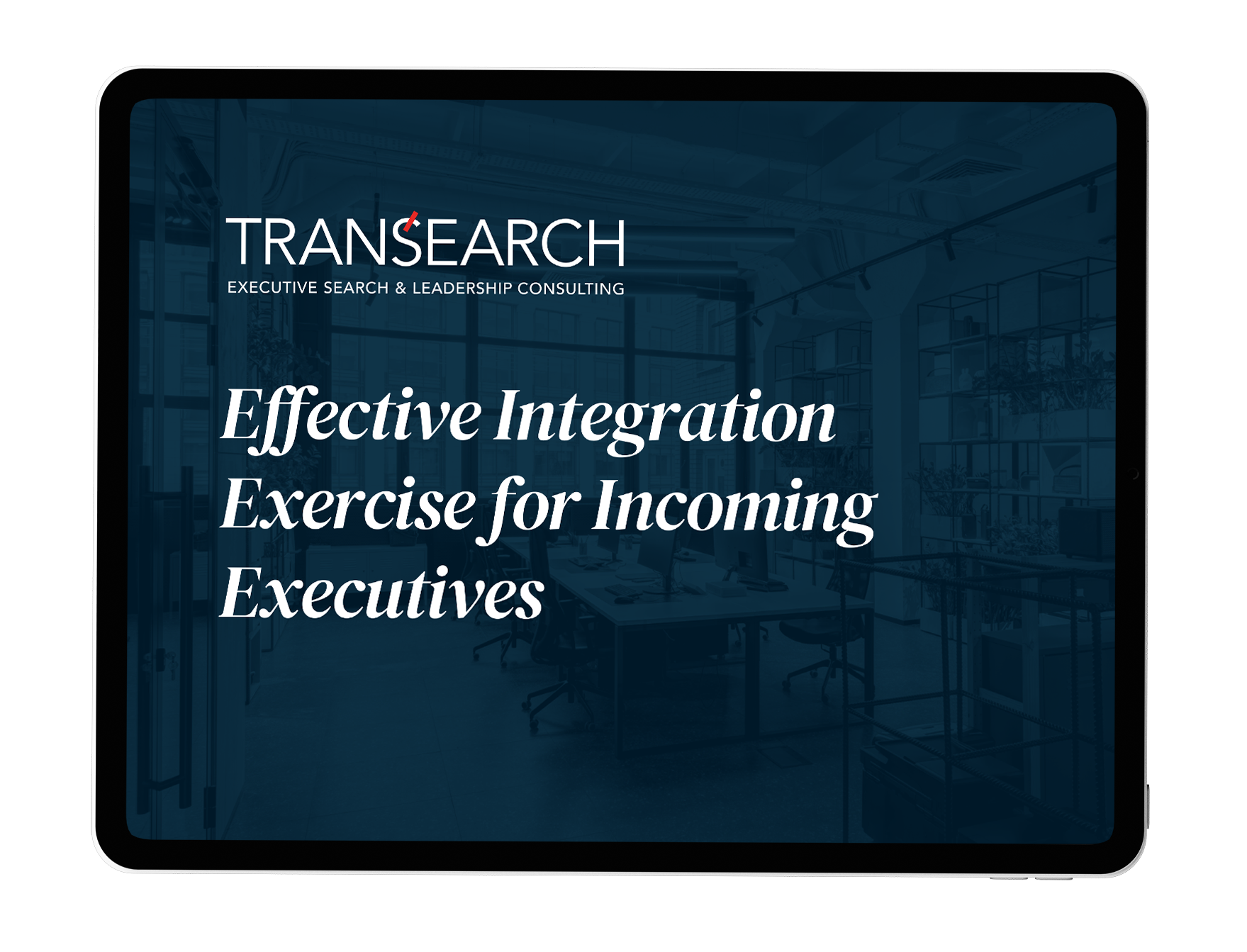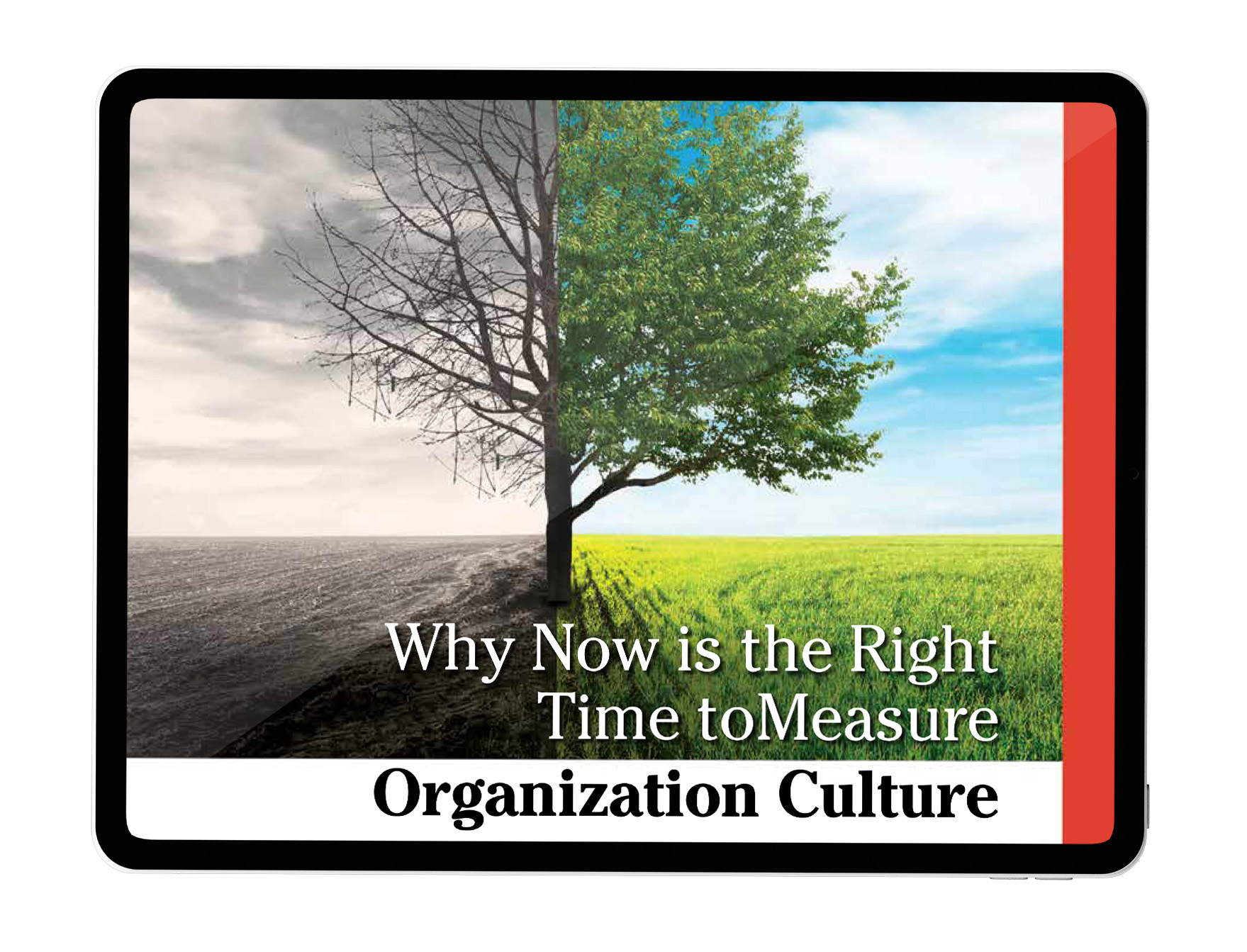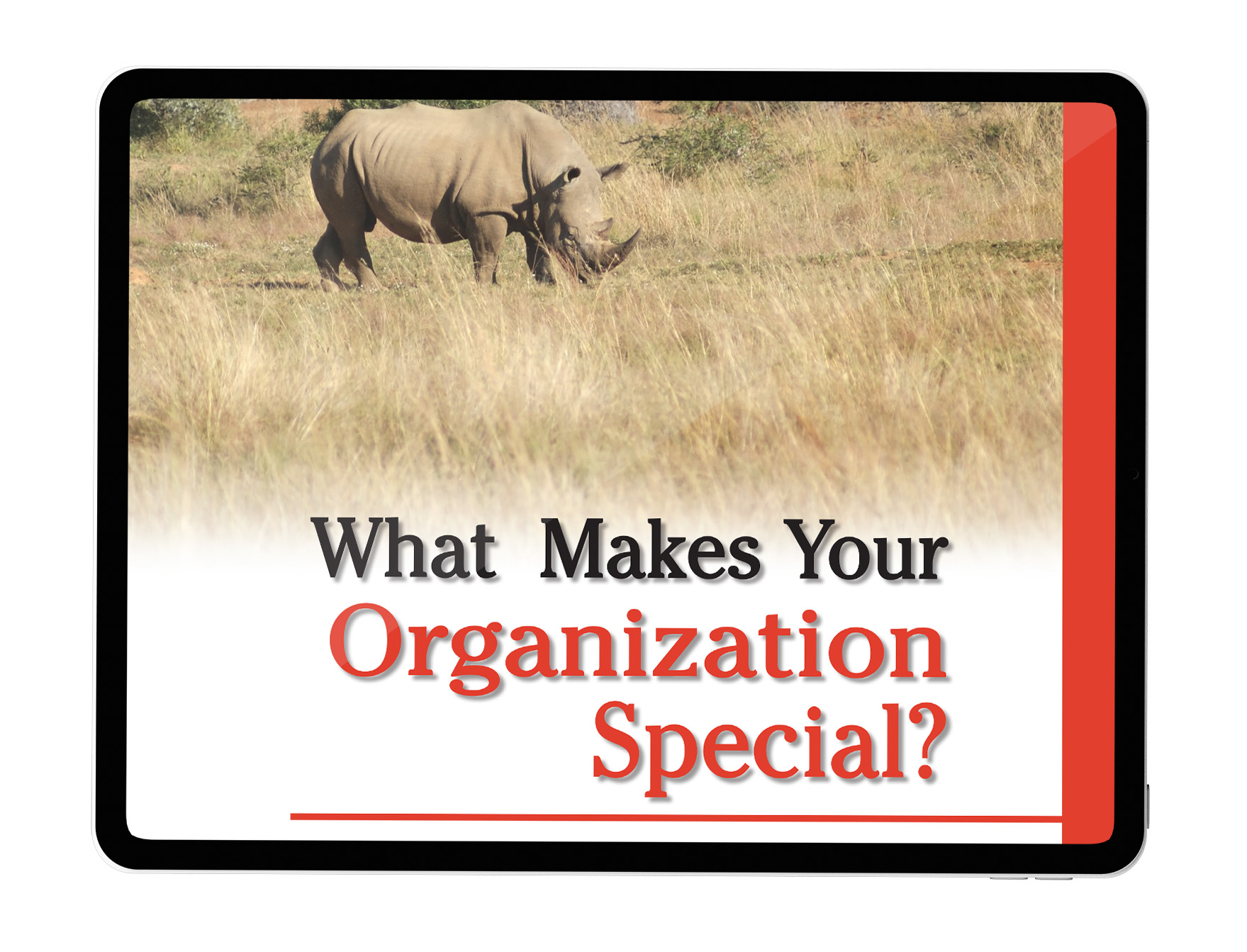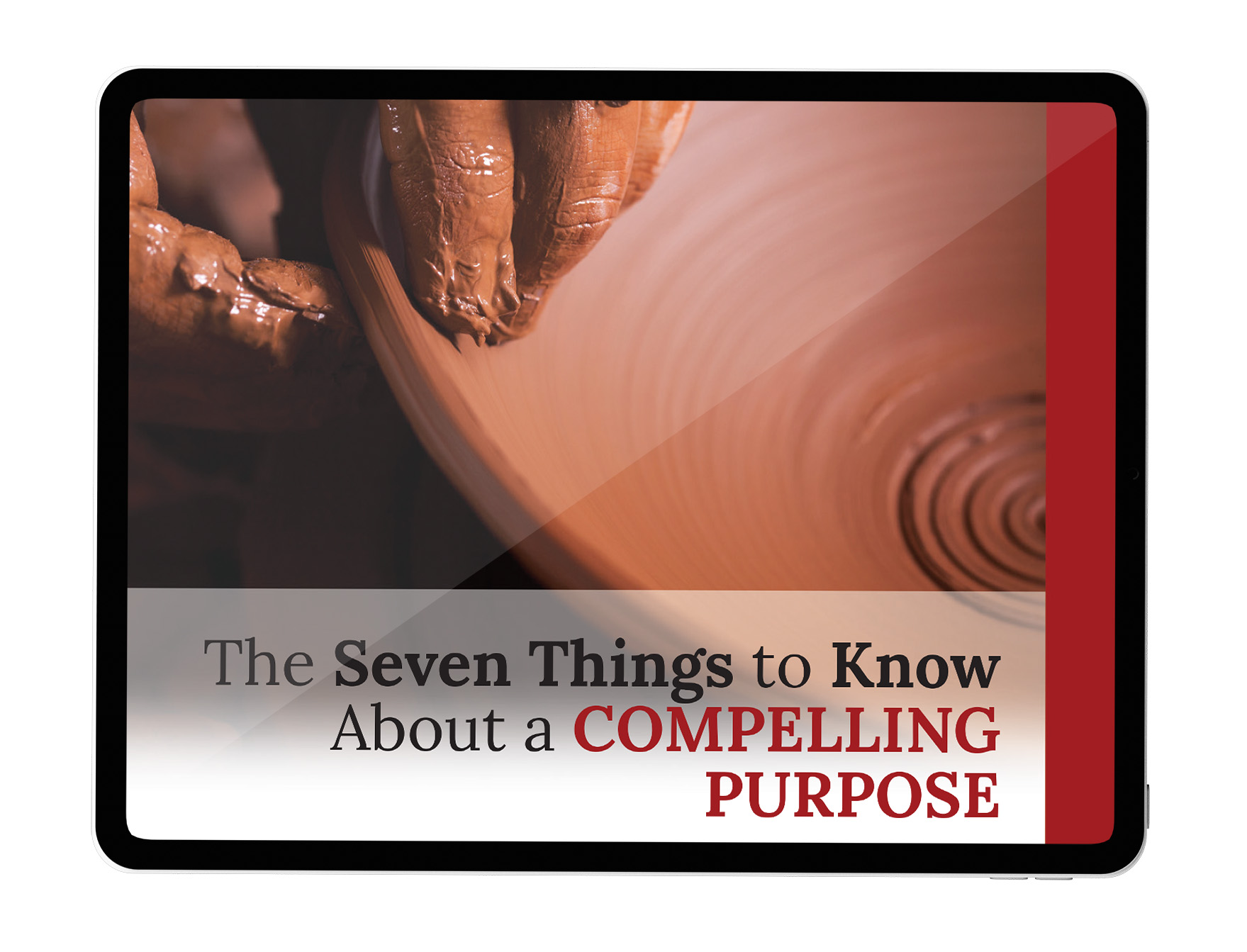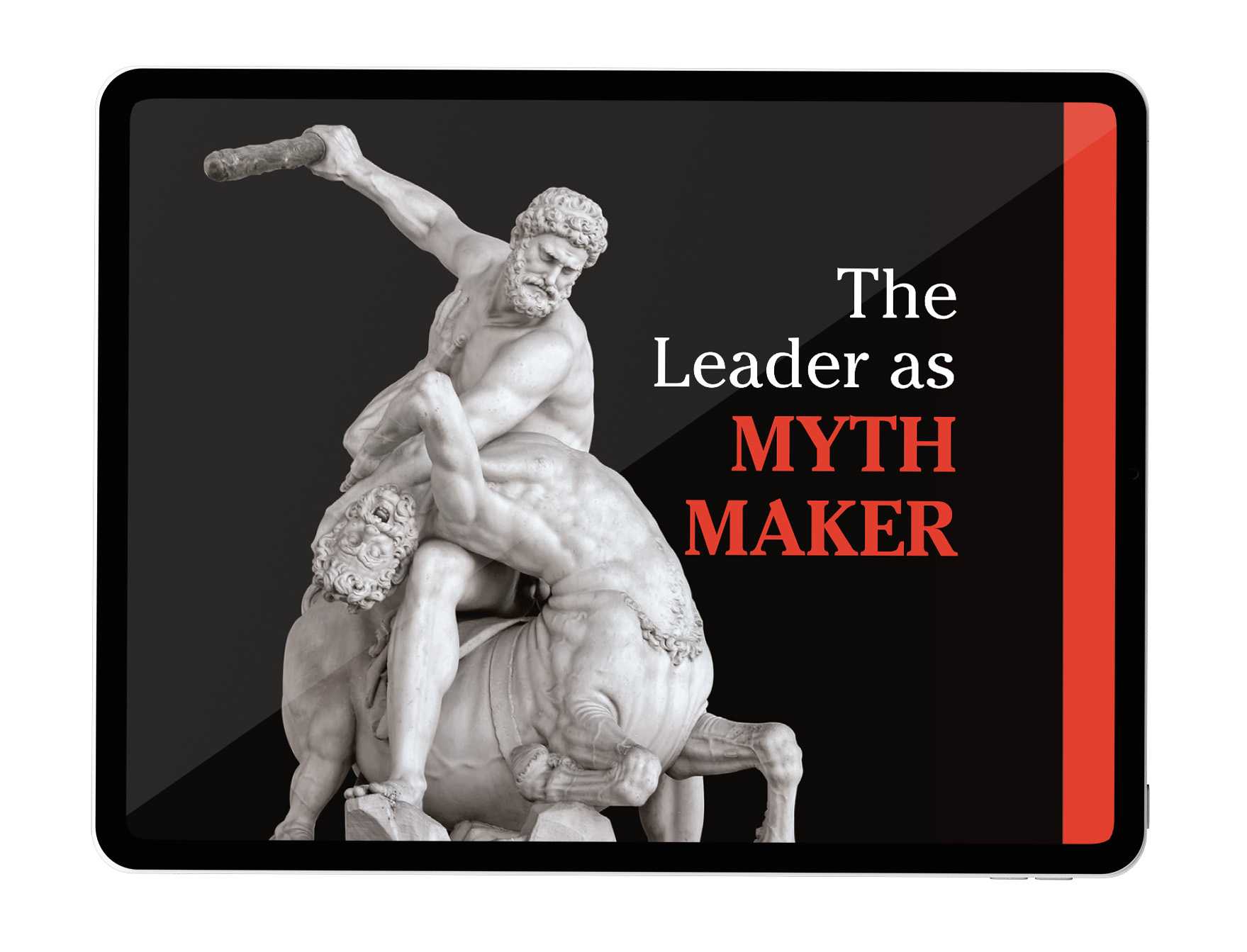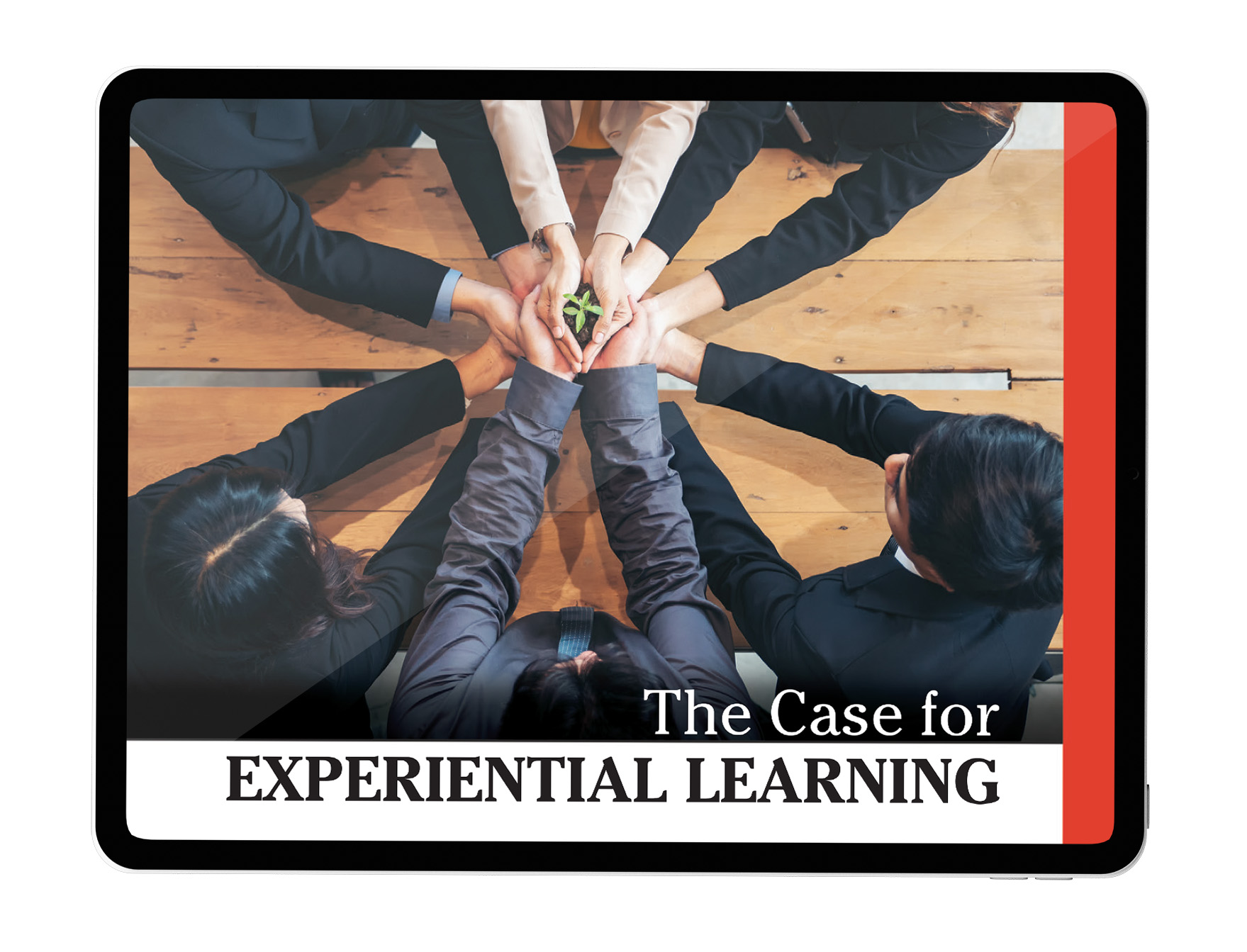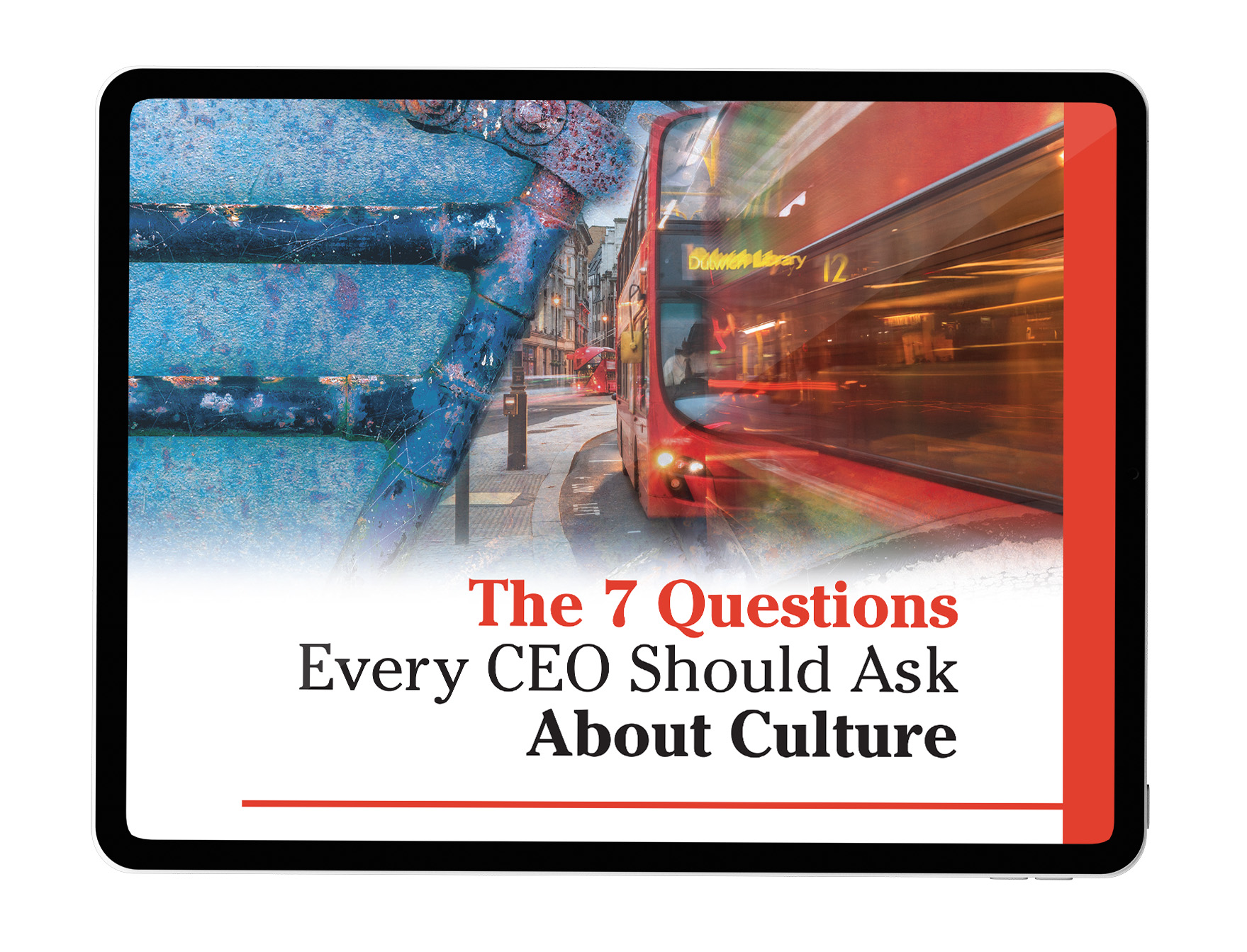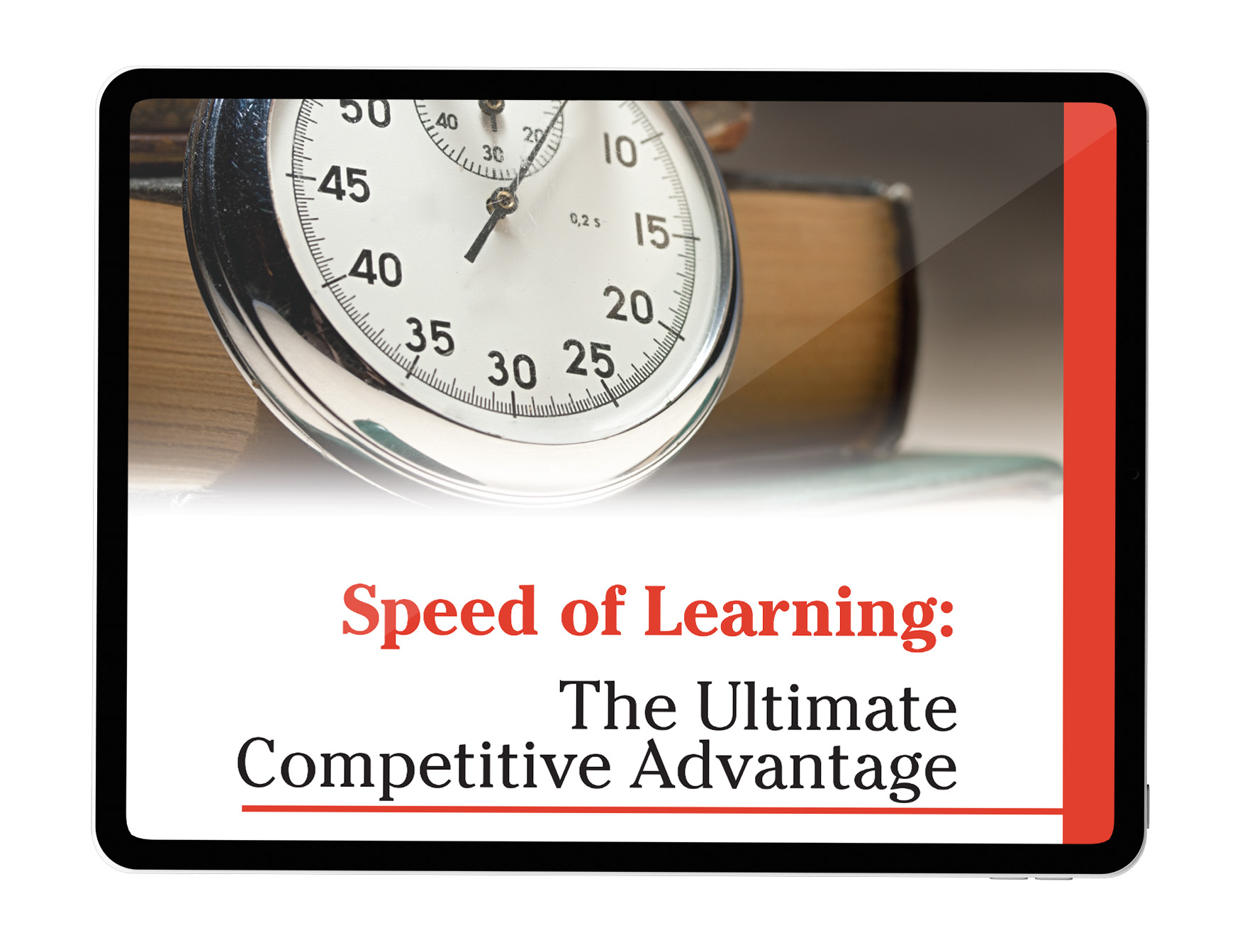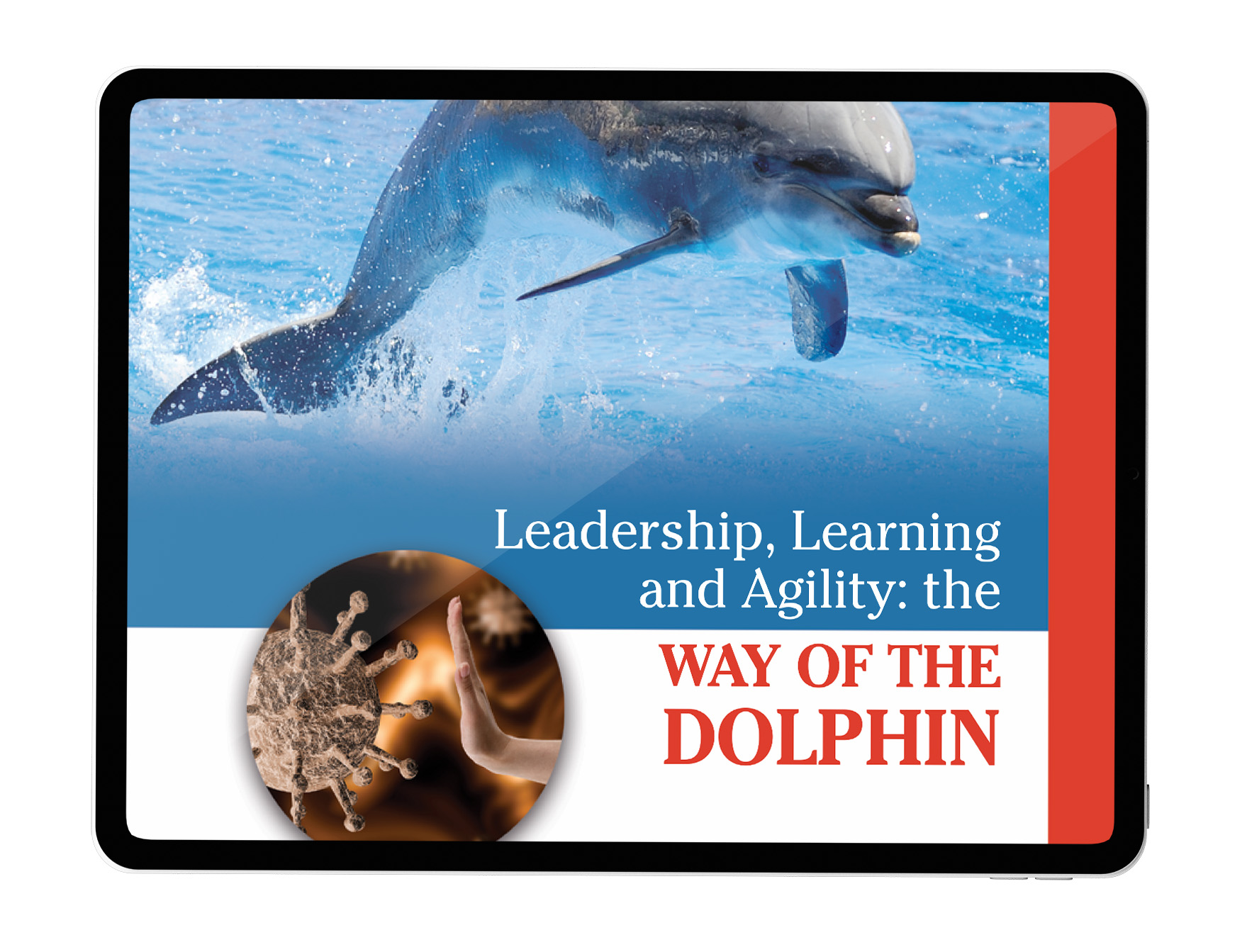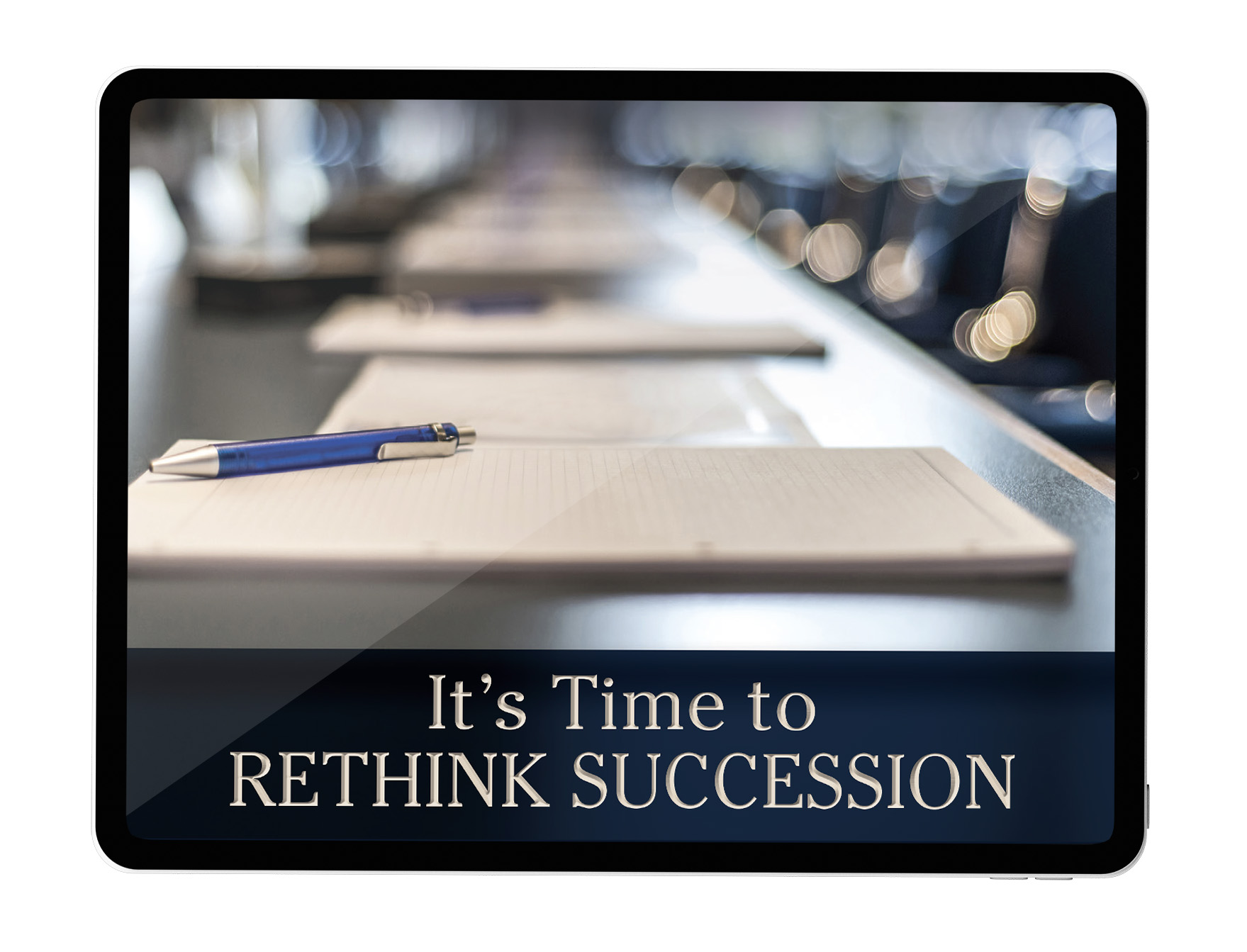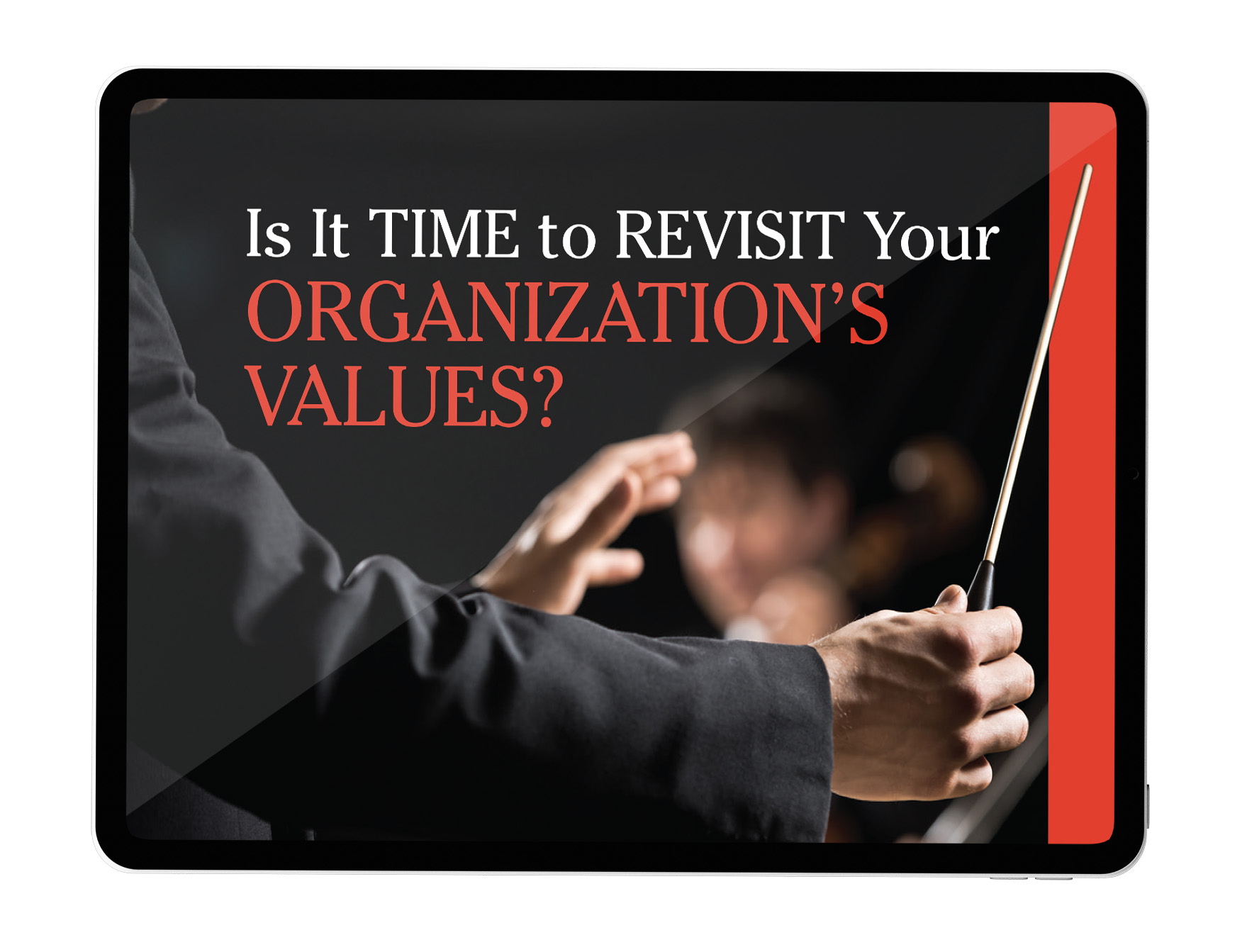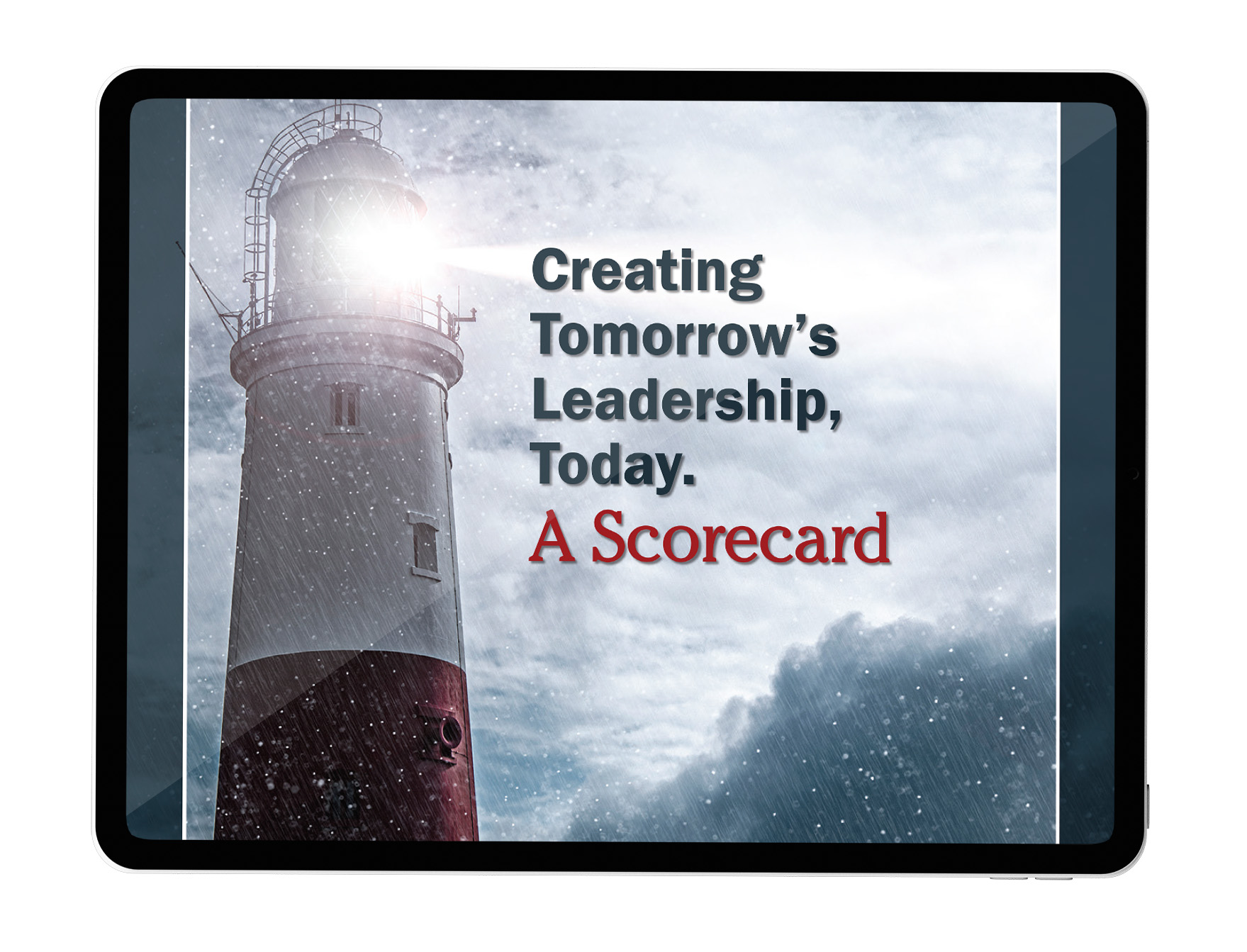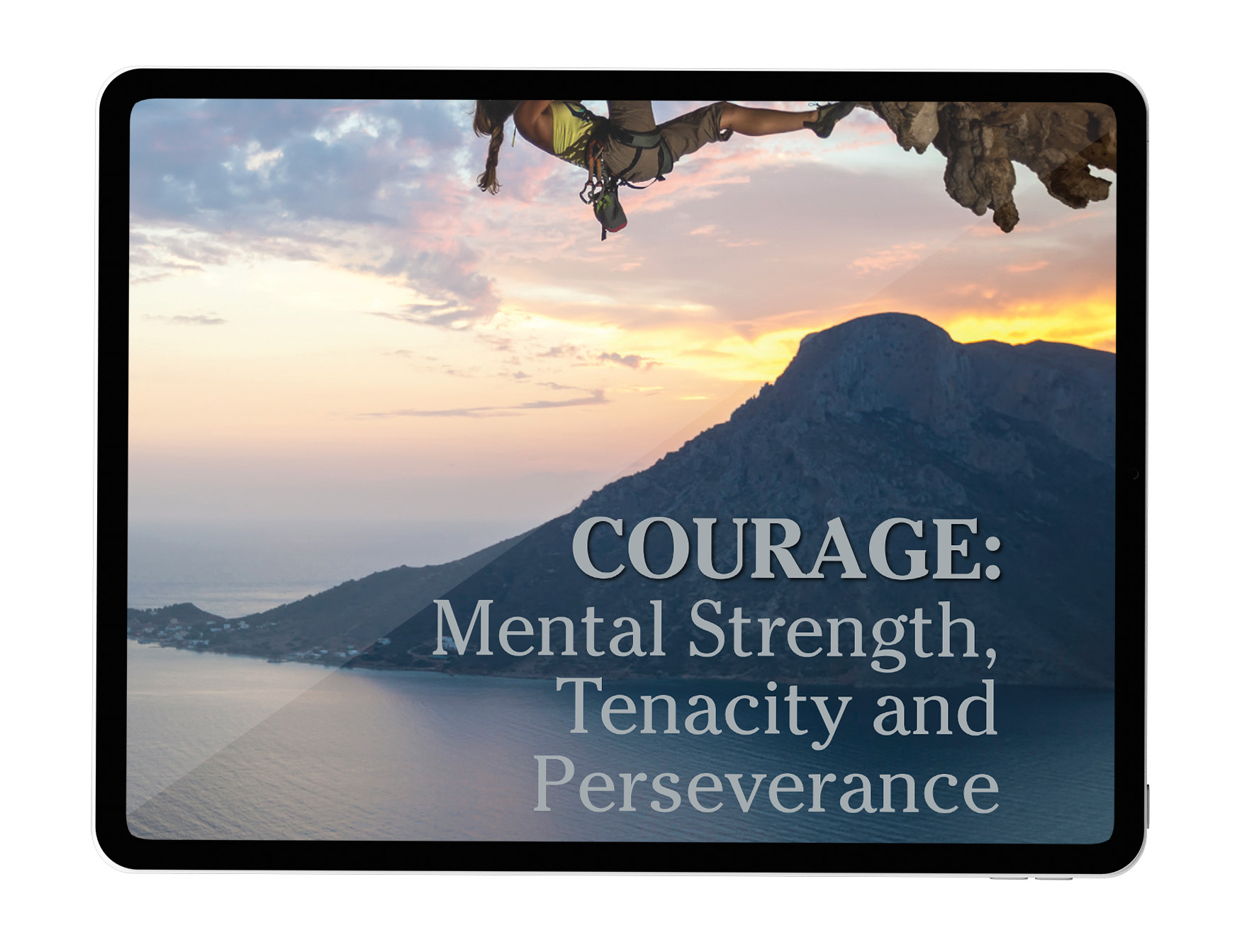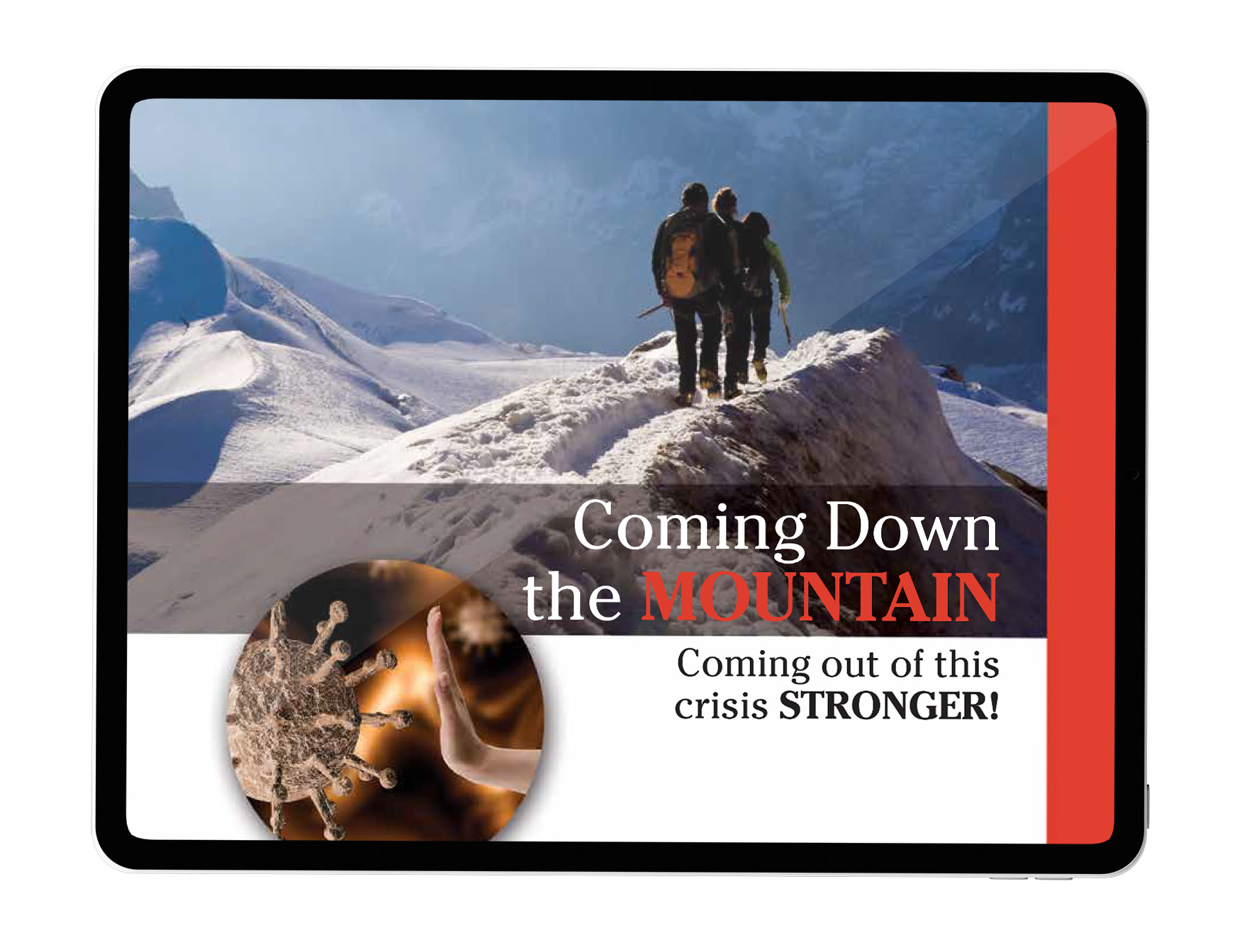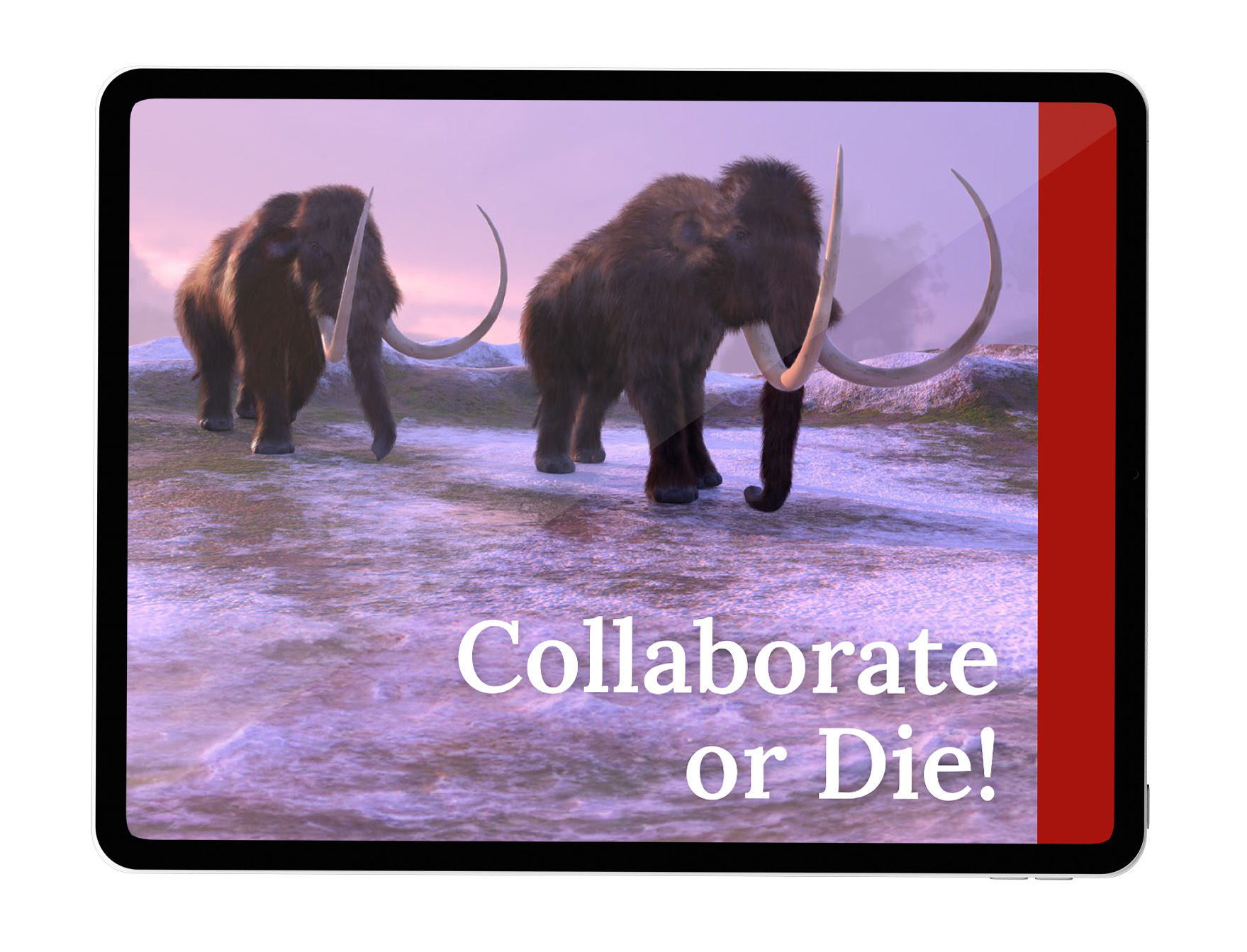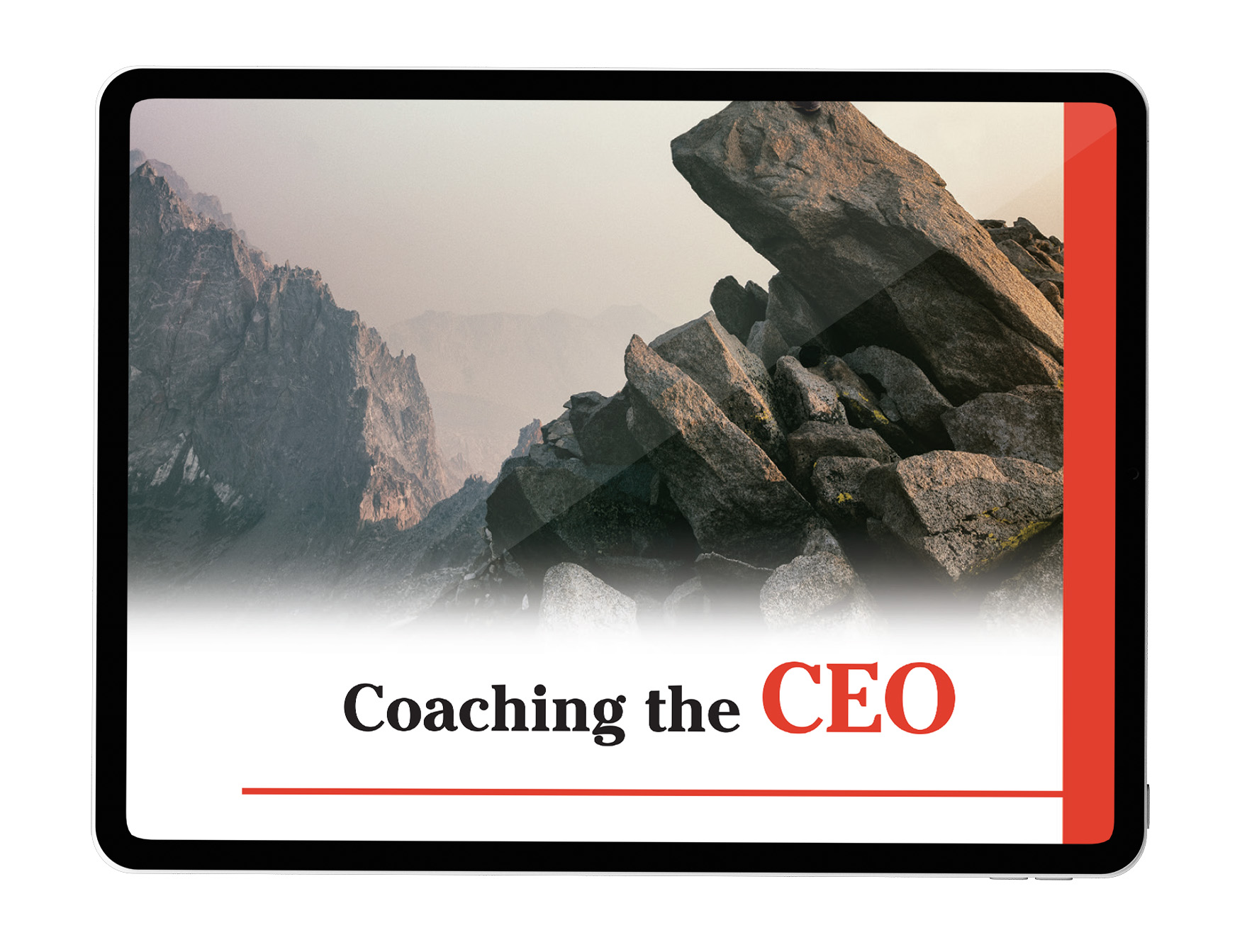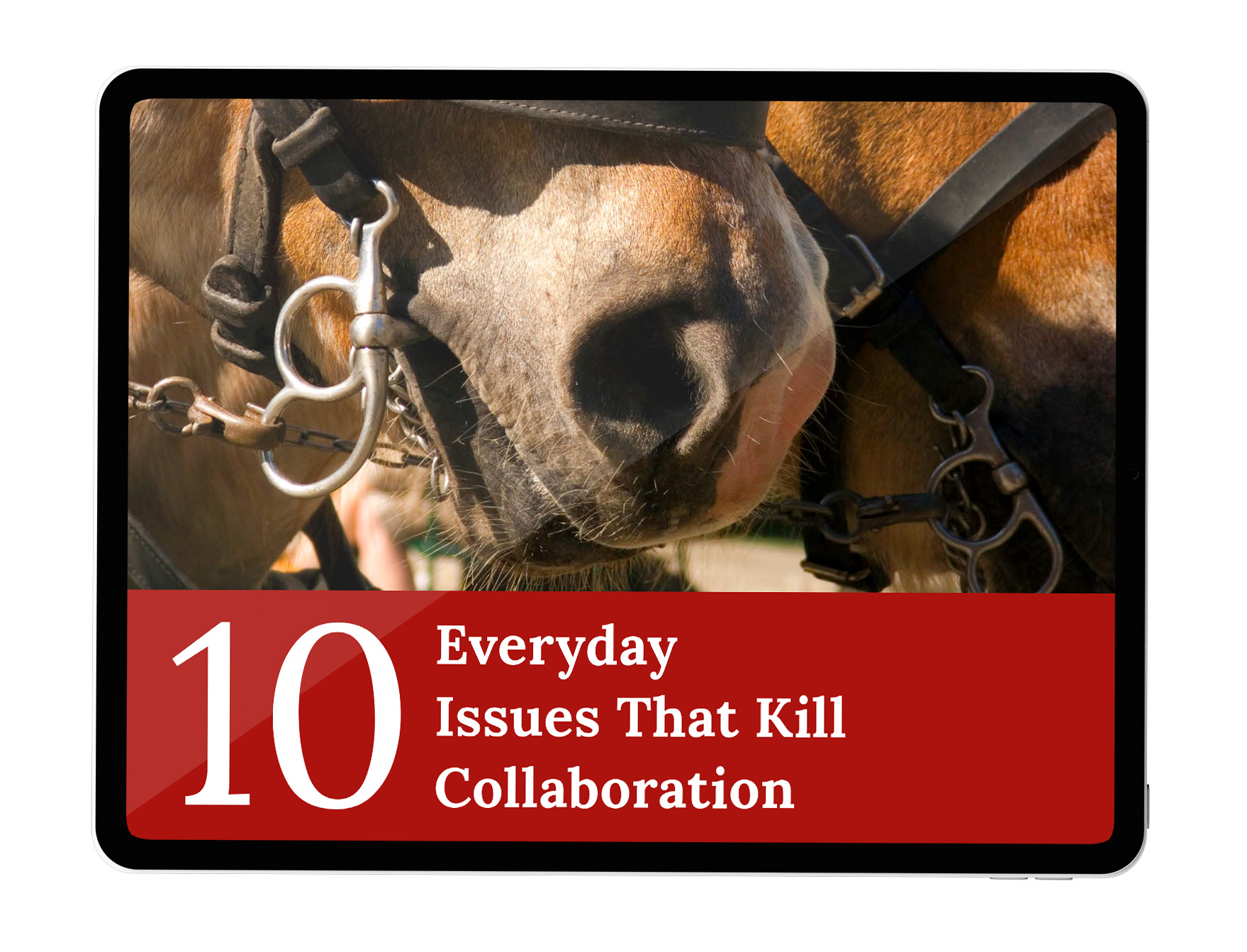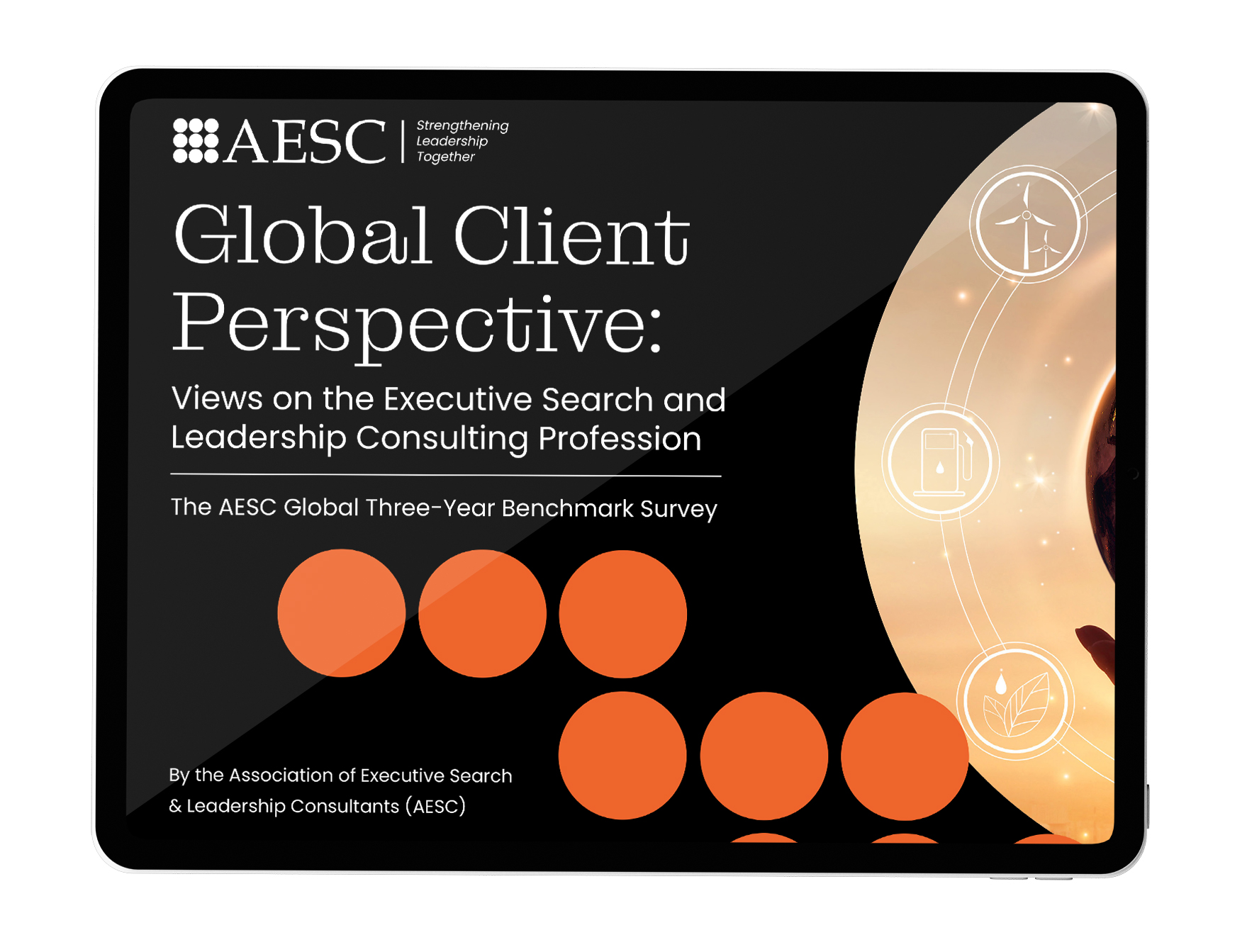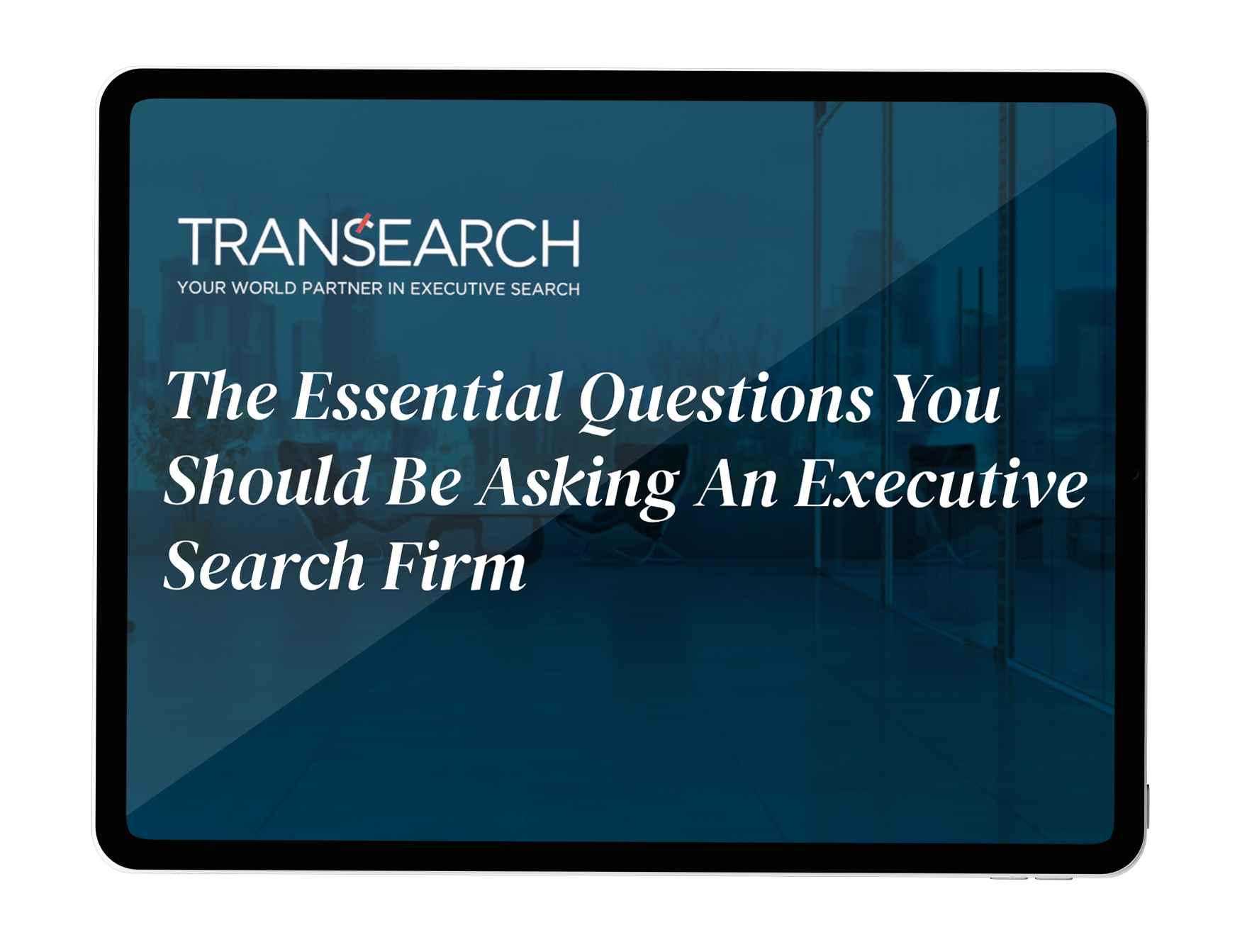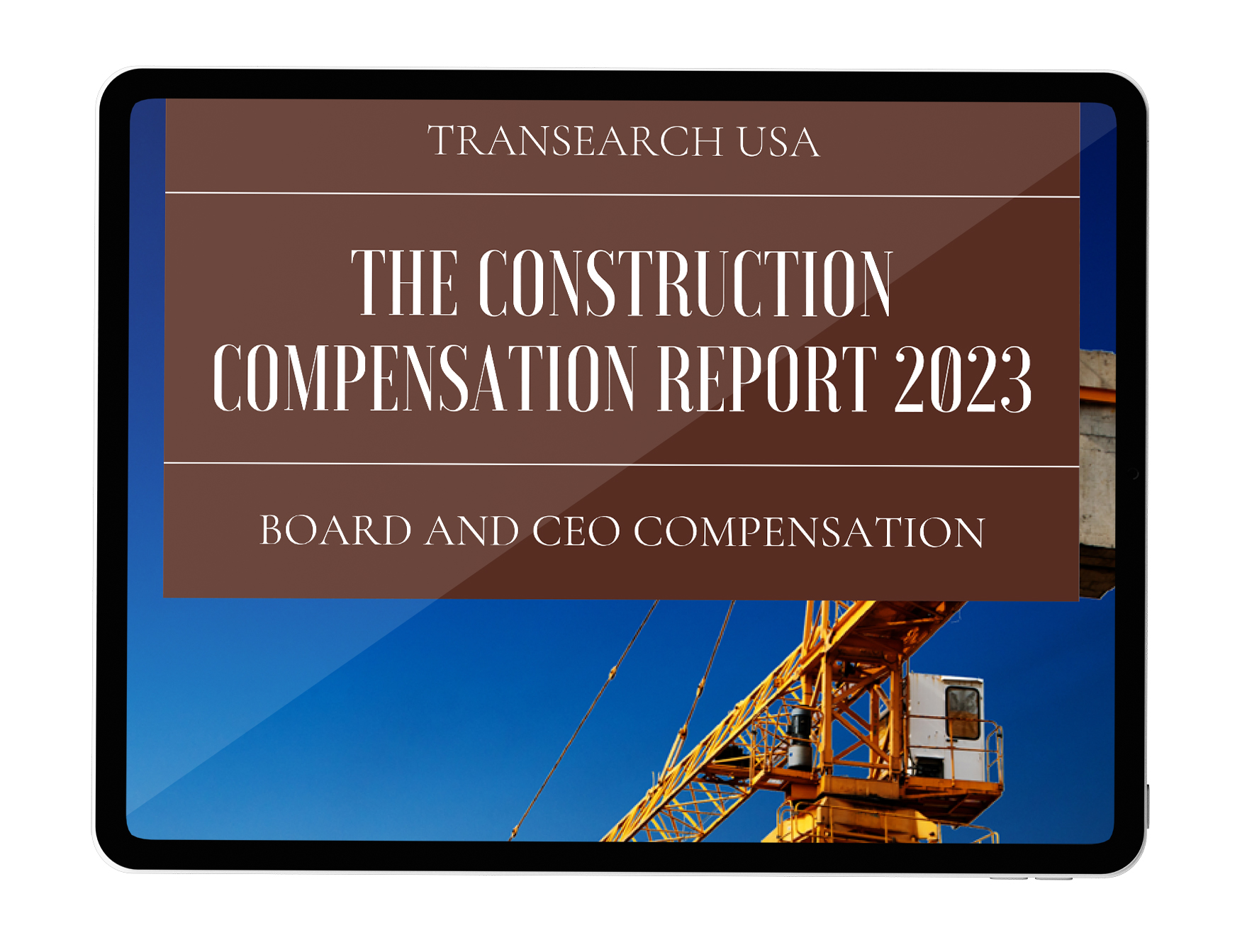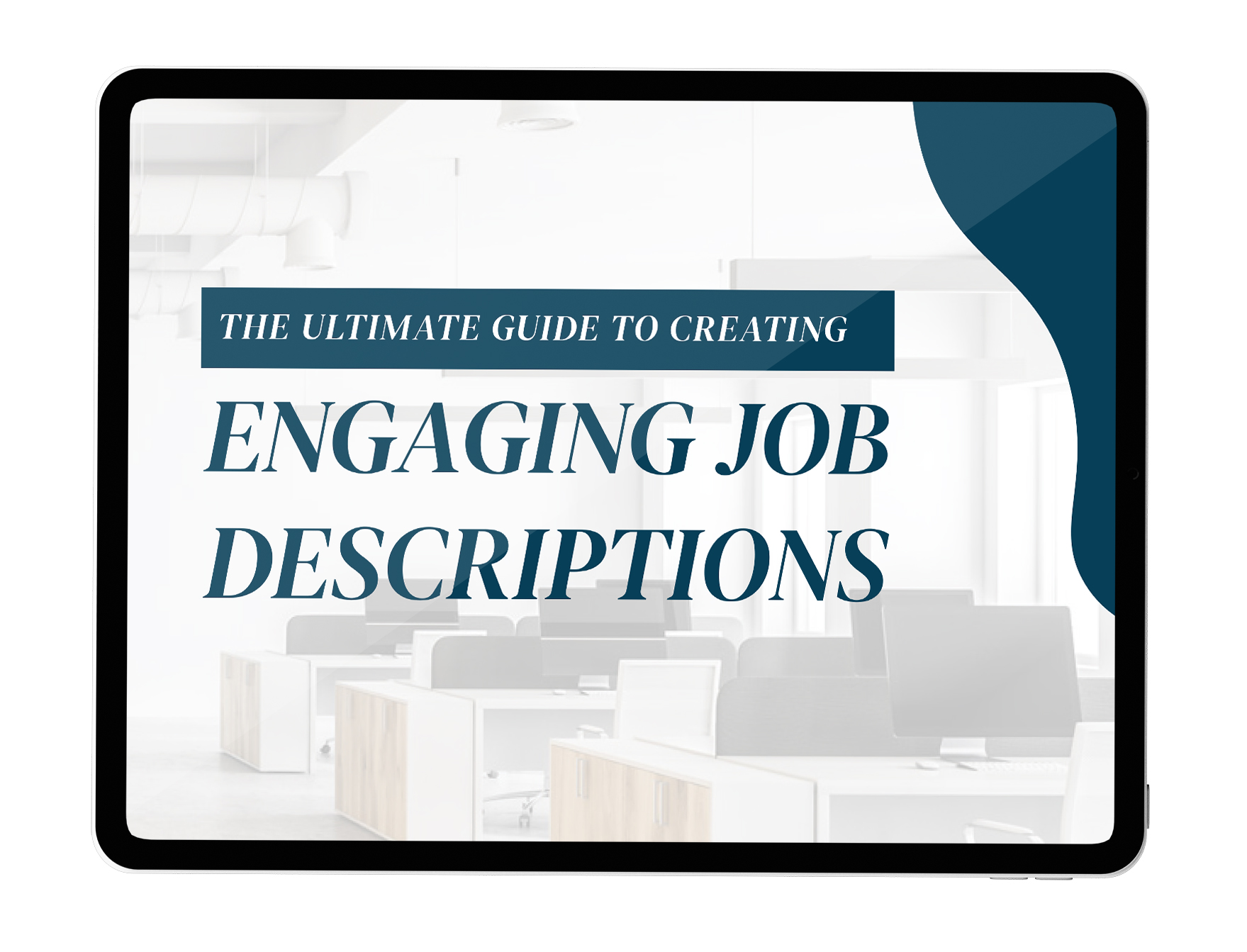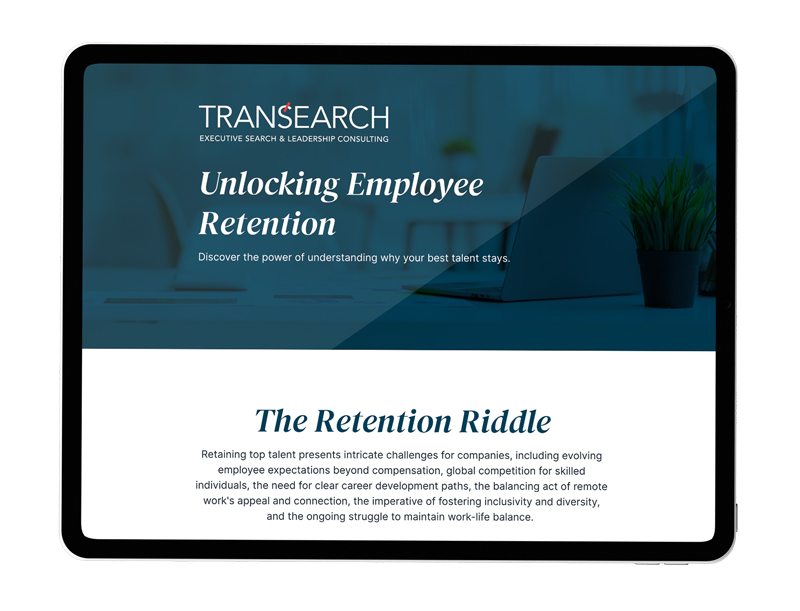When Apple icon Steve Jobs was contemplating a significant business decision, he often took strolls around his neighborhood, totally barefoot. While we can’t say for certain all that went through his mind, we do know these famous walks were meant to help him take a step back from the forest of data, market research, and analytics to help him see more clearly through the trees. And to rely on the age-old signal we all do – checking in with his gut.
While it’s easy to get caught up in the data or hypnotized by a terrific idea, “intuition is our deeper intelligence that is able to read the room or the marketplace,” states Rick Snyder, a leadership consultant and author of Decisive Intuition: Use Your Gut Instincts to Make Smart Business Decisions in Fast Company magazine. “We make better decisions when we integrate intuition with critical thinking.”
One of the most integral and pressure-packed decisions organizations make is an executive hiring decision. A mistake can cost a business 10 to 20 times the compensation of the executive. Above and beyond the money, is the lost opportunity and business confusion that results from hiring the wrong leader.
That’s why when making an executive decision, selecting the right person requires a blend of intuition and developing a genuine connection with the person. In this way, you will have a sense of their commitment to the role, company, and vision for the business. This won’t pop off a resume or speak from their credentials. Rather, you need to ask a fundamental question: Will she improve our culture or develop new ways of thinking that transform our business? And what type of gut instincts does the leader display?
Surveys of America’s leading executives by Deloitte illustrate that leaders tune into their feelings, experiences, and instincts both when making transformative business decisions, managing major crises, and when making career decisions. Moreover, neuropsychologists have been hired by the military, big business, and many other organizations to investigate the science behind ‘gut feelings.’
What researchers found is that our stomachs function like ‘the second brain,’ with a vast network of 100 million neurons – more ‘brain power’ than what’s in our spinal cords! Even if the gut is more of a feeling than complex thoughts, it has a robust capacity for processing and assessing memories, needs, preferences, and past learnings.
So, the question we should all be asking is how can we capitalize on this gut feeling to make us more successful? It is therefore my pleasure to share 4 proven tips on how to harness your intuition to make smart business decisions.
1. The role of thoughts and emotions: a dynamic duo
While the gut check is incredibly valuable for making final decisions on complex actions, leaders should understand the emotions tied to making decisions. As we make complex decisions, doubts, distractions, and worries creep into our minds along the way. What if I get it wrong? Did I fully explore all the options? What about the conflicting data and competing priorities?
An old-school approach would suggest suppressing these emotions and just using logic. But the science shows that approach is not realistic. Research by noted psychologist Paul Ekman has found that “cognition and emotion are not separate, independent processes, but coexist in processing information and regulating behavior, especially for many types of challenging tasks.” In other words, your intellect and your emotions work together.
Experts advise executives to be self-aware of all the emotions they experience when making a decision. Reflection on feelings and acceptance of emotions requires the mind to be more creative and explore other avenues before the final decision must be made. Given the enduring results of Steve Jobs’ decisions, we would be well advised to follow his lead, take a saunter, feel the rocks and grass under our feet, and check in with ourselves when big decisions need to be made.
2. The art and science of recruiting the ‘right people’
Recruiting exceptional leaders is one of the most important decision processes organizations undertake. Many companies hire executive search firms to help find the bestleaders. However, at TRANSEARCH, we partner with clients by applying the principles of integrating intuition and data into the search equation that we call, “The Art and Science of Executive Search.” We look past the obvious and best candidates to find the RIGHT LEADERS for each specific role.
With respect to the science, our process involves a proprietary methodology called Orxestra™ for assessing “the DNA” of an organization and evaluating it to determine how well a candidate will ‘fit’ with the company. We also administer Hogan Assessments, personality evaluations that help gain a critical understanding of people’s values, day-to-day personalities, and leadership blind spots, which helps predict success and career growth.
However, none of this raw data is useful without the artistic side – the deep conversations we have both with our clients and the candidates. We also allow ourselves the space to listen to members of our team, whereby we combine intellect and intuition to uncover what thoughts spring to mind when talking with the candidate. We want to hear everyone’s reactions, judgments, and thought processes about a person.
It isn’t always about intellectual insights, but a gut feeling about a person and everyone has their unique gut feeling about a candidate. Does their assessment resonate with others? How does the person engage with others? Humanity, openness, and the ability to care often come through when seeing their person-person interactions. If the candidate can demonstrate the company’s values when engaging with other people, they may very well be the right person.
3. Make values a focal point
I spent nearly seven years in the US Navy and one thing I take away from that experience is that intuition is critical to good decision making. Leveraging your core values when deciding right from wrong is imperative. There is no shortage of people telling you to do the expedient thing, but once you find yourself on that path, it is hard to take an exit that leads back to the right path. In the worst cases, you simply must make a U-turn and go back to where you took the wrong road in the first place.
Decisions in combat can literally lead to life or death. So listening to your gut can save you, your shipmates, and the integrity of the battle plan. Aviators often remind each other to simply look out the window. Assess the battlefield and the actual situation with your eyes and not your instruments. This is what we call “situational awareness.”
Values such as honesty, courage, diversity, integrity, and honor provide that situational awareness that guides you and rarely fails to keep you on the right path. It is your gut that is attuned to right, wrong, and the quality of your path. For executives, while making tough decisions, I strongly encourage you to ask yourself, ‘is the decision I’m about to make aligned with my values and the values of my company? Is this choice going to bring me closer to my vision or further away?’ You need to feel in your heart whether this is the right thing for the company and your customers.
4. Understand the fear factor
Fear is a powerful motivator. If a bus is barreling towards you at a high speed, fear is what kicks in to make you leap out of the way. However, not all fear is positive or adaptive. And there is a strong distinction between what your gut is telling you to do and what fear may push you to do.
According to the Harvard Business Review, “fear has a pushing energy, as if you’re trying to force something, or selecting an option because you want to avoid a threat, rejection, or punishment.” Conversely, intuition has pulling energy associated with it. It moves you towards something and emotions linked with it include ease and contentment.
If you sense you’re being pulled to something good, then your intuition has kicked in and you may be best off to listen to it. But if you sense you’re being pushed away from something out of fear, that may very well be the voice of risk aversion talking. Stop and evaluate the true risk. ‘What happens if I do X and not Y?’ and evaluate the two outcomes. Maybe you have overlooked an opportunity because sometimes it is better to take risks head-on instead of on the backside. The key is to determine the actual risk, use your intellect for the analysis and your gut for the big picture context. This can be a tough distinction to make and is only achieved through honest self-introspection and experiencing the full range of your emotions.
Ultimately, business decisions are not zero-sum games; they need to be made with a healthy mix of reason and intuition. By tapping into both and relying on some of the guidance provided, you have a great opportunity to choose right. So let’s hope your intuition is telling you to listen to this advice!





















